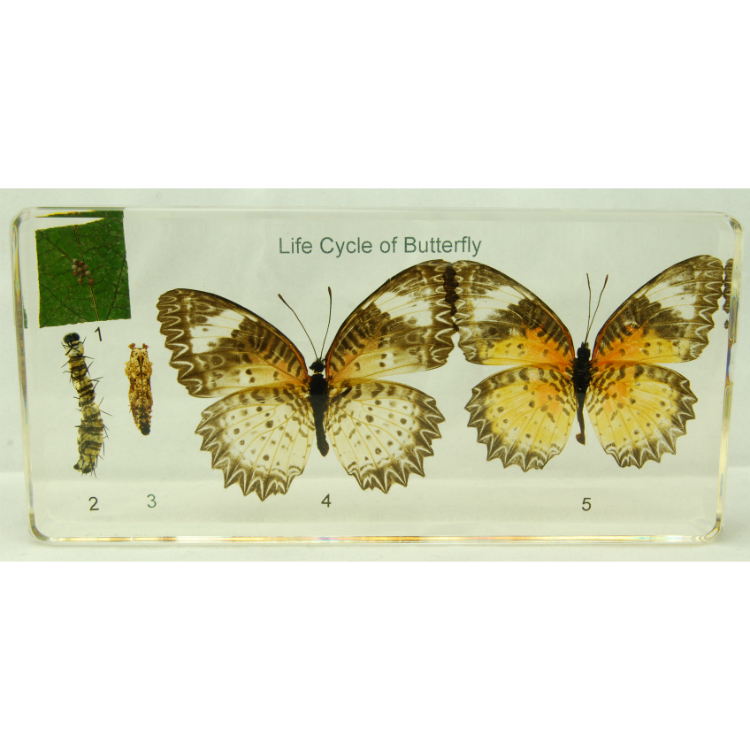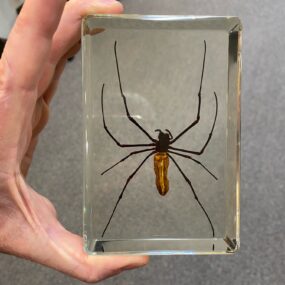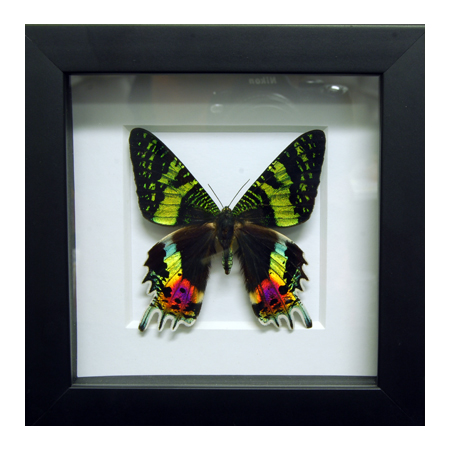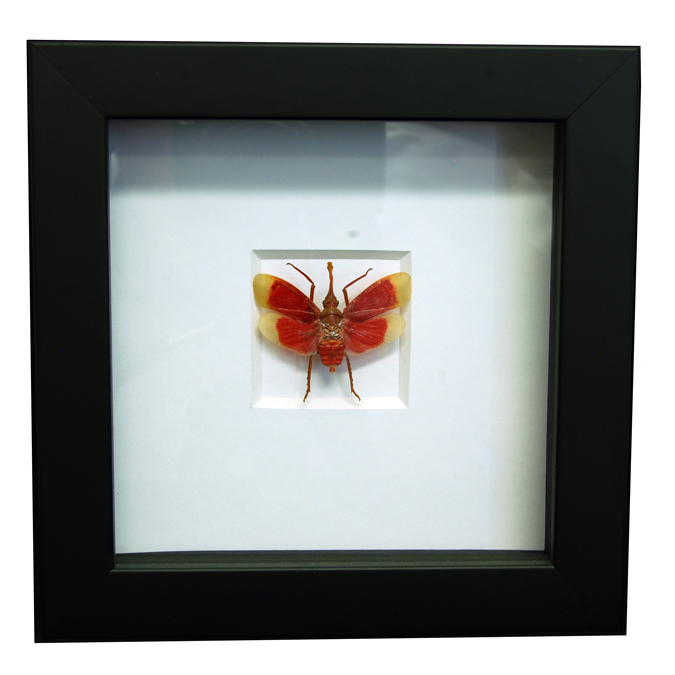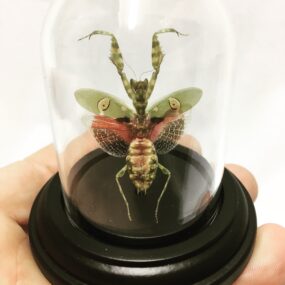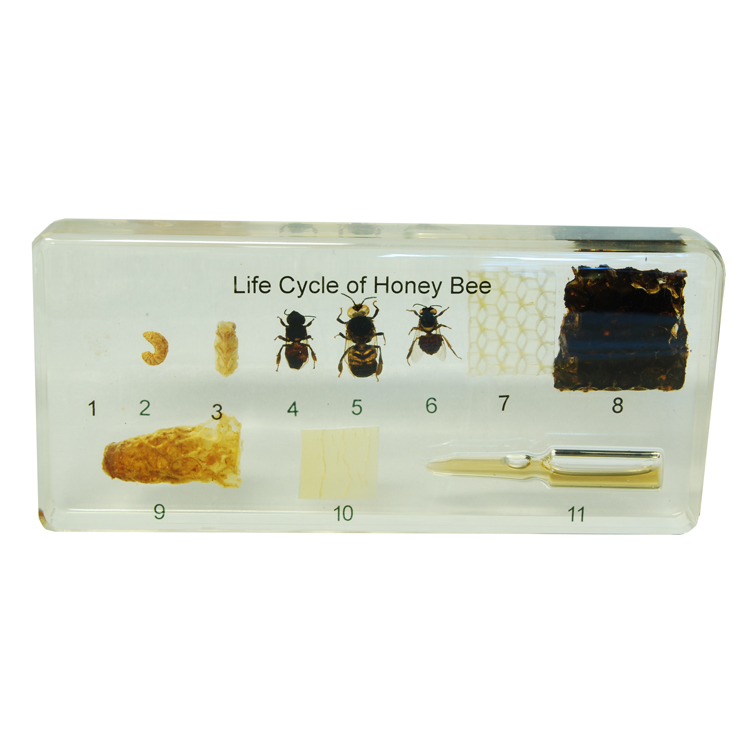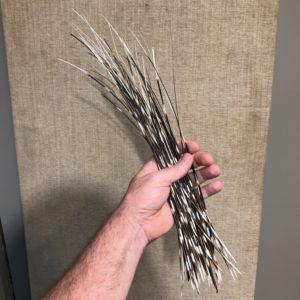Description
Fascinating Life Cycle of the Butterfly set in acrylic resin.
This collection comes with a laminated card identifying each stage.
3" x 6 1/2" x 3/4"
Butterflies are part of the class of insects in the order Lepidoptera, along with the moths. Adult butterflies have large, often brightly coloured wings, and conspicuous, fluttering flight. The group comprises the large superfamily Papilionoidea, along with two smaller groups, the skippers (superfamily Hesperioidea) and the moth-butterflies (superfamily Hedyloidea). Butterfly fossils date to the Palaeocene, about 56 million years ago.
Butterflies have the typical four-stage insect life cycle. Winged adults lay eggs on the food plant on which their larvae, known as caterpillars, will feed. The caterpillars grow, sometimes very rapidly, and when fully developed pupate in a chrysalis. When metamorphosis is complete, the pupal skin splits, the adult insect climbs out and, after its wings have expanded and dried, it flies off. Some butterflies, especially in the tropics, have several generations in a year, while others have a single generation, and a few in cold locations may take several years to pass through their whole life cycle.
Butterflies are often polymorphic, and many species make use of camouflage, mimicry and aposematism to evade their predators. Some, like the monarch and the painted lady, migrate over long distances. Some butterflies have parasitoidal relationships with organisms including protozoans, flies, ants, and other invertebrates, and are predated by vertebrates. Some species are pests because in their larval stages they can damage domestic crops or trees; other species are agents of pollination of some plants, and caterpillars of a few butterflies (e.g., harvesters) eat harmful insects. Culturally, butterflies are a popular motif in the visual and literary arts.
https://www.naturshowroom.com/shop/beautiful-giant-african-swallowtail-butterfly-framed/


